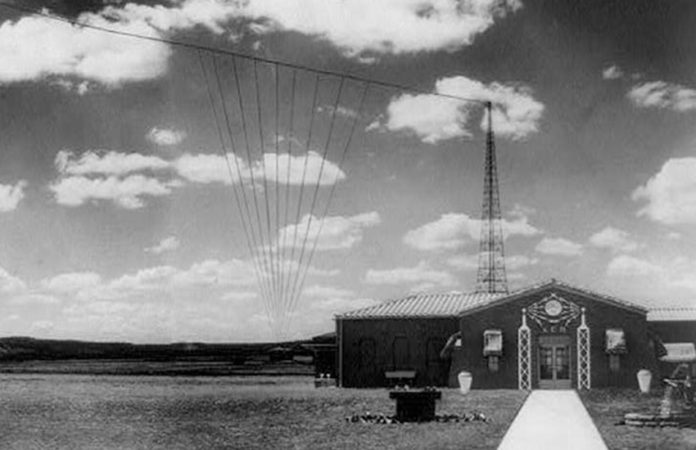In radio’s early decades, among the oddball attractions found on the airwaves from 1920 to 1940 included a husband-and-wife team of psychics broadcasting from the U.S.-Mexico border under the stage names of Koran and Rose Dawn who became so popular that their extensive following helped them create a secondary income source: an organization called The Mayan Order.
Those who applied for membership and received its periodicals, the founders suggested, could harness the ancient Mesoamerican civilization’s secrets.
The pair were just two of the many psychics and other broadcasters of questionable integrity on the airwaves along the Rio Grande during radio’s beginnings. These characters built “border-blaster” stations of such epic size and scope that they could transmit from the Mexican side of the border into the United States.
Author John Benedict Buescher’s new book, Radio Psychics: Mind Reading and Fortune Telling in American Broadcasting, 1920–1940, unearths Koran and Rose Dawn’s forgotten story, as well as those of about 25 other border-blaster radio personalities on the Rio Grande who were heirs to a longtime American fascination with the occult.
“I was surprised how really dominant this stuff was in the early days of radio,” Buescher said. “Radio historians typically have just waved it off, not really focused on it, didn’t really take it seriously.”
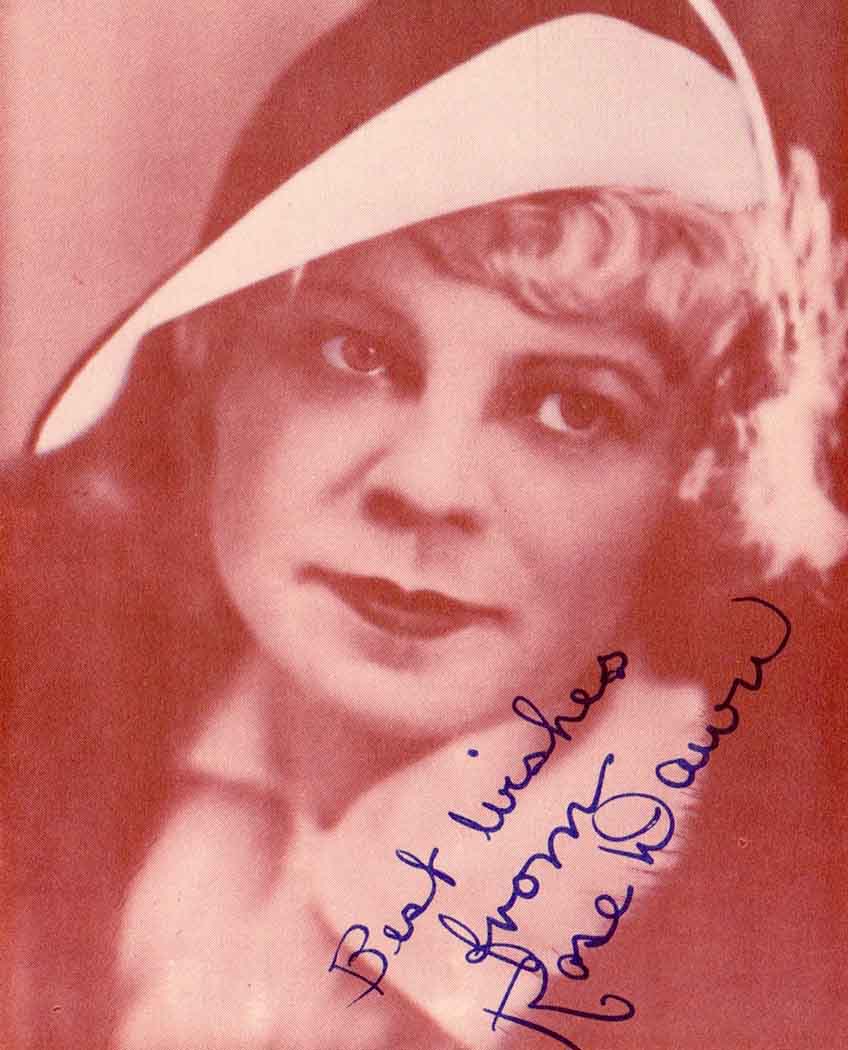
From the beginning, the radio stations along the Rio Grande had a colorful history. Pioneers included the controversial John Brinkley, who fled Kansas after hawking a virility treatment in which goat testes were implanted into men at his clinic.
“You have to call them bizarre operations,” Buescher said. “Of course, medical authorities were all over him complaining about it.”
Buescher describes all the border blaster psychics as “really colorful characters, really wild” and “chameleon-like,” embracing “whatever would convince the audience,” including “telepathy, mind-reading, seeing out into the future, looking through space and time, clairvoyance.
“They were naturally inclined, you might say, because of their job, to present themselves as masters of mystery – whatever that means.”
While most recordings of these characters’ radio broadcasts have been lost, Buescher was able to mine several remaining transcripts compiled by the U.S. government in attempts to prosecute these broadcasters for medical quackery or mail fraud.
Brinkley was one such case. After he fled Kansas, he relocated to the Mexico-U.S. border and founded the station XER in the early 1930s. Nicknamed “The Sunshine Station Between the Nations,” it was based in Villa Acuña, Coahuila, (now Ciudad Acuña) and nearby Del Rio, Texas.
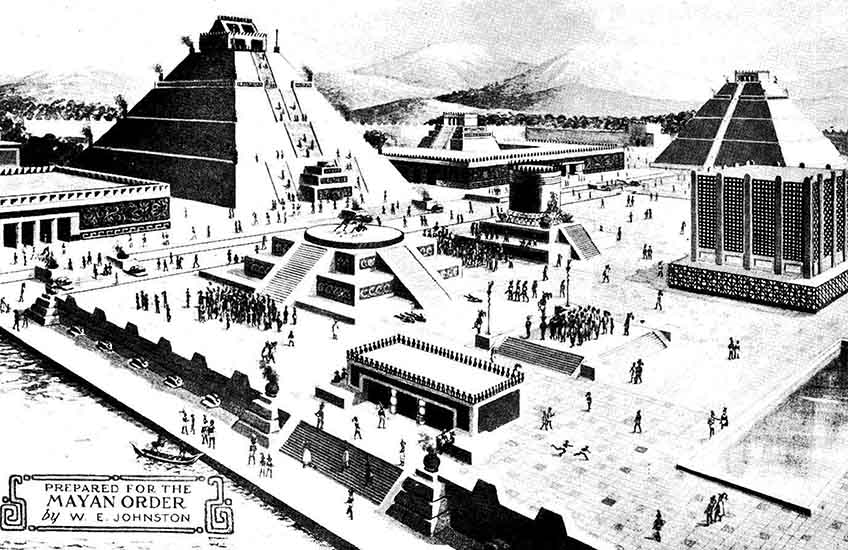
At one point, it broadcast at 1 million watts. Bill Crawford — author of Border Radio: Quacks, Yodelers, Pitchmen, Psychics, and Other Amazing Broadcasters of the American Airways – called Brinkley’s station “the most powerful radio station on Earth.”
“Nobody had ever heard of that kind of power before,” Buescher said.
Another dubious medical practitioner soon followed Brinkley southward: Norman Baker, who ran a questionable clinic for cancer in Iowa. Baker also established a station at the border — XENT in Laredo, with a transmitter in Nuevo Laredo.
“Eventually, stations like [the border blasters] were set up everywhere from Tijuana to Tabasco, all along the border,” Crawford said, who is working on a documentary about the subject. “The phenomenon lasted quite a while.”
There were occasional bumps in the road: The Mexican government shut down XER in 1934 due to unpaid taxes. However, the station resurfaced the next year as XERA, once more broadcasting at 1 million watts.
“Overall, border blasters offered “much more power and a much greater audience,” Crawford said. “The fact that these stations were the most powerful stations on Earth at the time in little border towns in Mexico, there’s something romantic about it.”
Psychics Koran (William Perry Taylor) and Rose Dawn (née Isabelle Madge Coutant) were among Brinkley’s featured psychics. Taylor was an all-purpose seer, Coutant was an astrologer. Although they lived in Texas, they found inspiration for their material — e.g. the Mayan Order — in Mexico. “To develop their characters, they studied mystic teachings, cultures of mystery,” Buescher said.

On at least one occasion, in 1936, the couple visited Mexico. Buescher said he thinks they did so at the behest of Brinkley, who wanted to ingratiate himself with President Lázaro Cárdenas. “They met the president down there,” Buescher said. “He greeted them. [The visit was] in gratitude, Brinkley thought, for the president’s support of the project and his continuing patronage.”
XERA’s downfall occurred in 1939, when Brinkley lost a libel suit in the U.S. against Morris Fishbein, the journal editor of the American Medical Association. Two years later, the station was off the air.
Later, despite Koran contracting polio in 1946, he and Rose Dawn continued to mine Mexico for their material. They still promoted the Mayan Order, and in 1951 funded a genuine Mayan archaeological dig led by retired Tulane University expert Frans Blom in Chiapas’ Moxviquil mountains.
In addition to psychics, border blaster stations gave more legitimate performers their start on radio, including country stars Hank Williams and the Carter family and rock-n-roll disc jockey Wolfman Jack.
“George Lucas was a big fan of Wolfman Jack,” Crawford said. “His first big film, American Graffiti, was about Wolfman Jack on [border blaster station] XERB in Tijuana on Rosarito Beach. It had a great impact on American pop culture.”
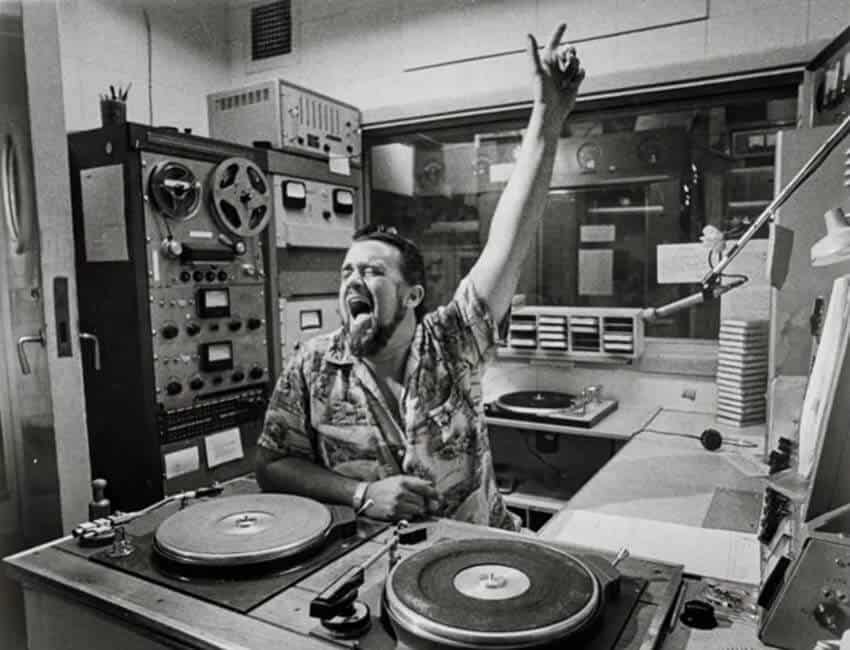
But Americans were not the only ones impacted by the border blasters.
“Because of the [Mexican licensing] requirements, [the stations] broadcast a certain amount of their airtime in Spanish and with Spanish performers,” Buescher said. “It would popularize Mexican culture with the American people and also, essentially, promote tourism to Mexico.”
And, said Buescher, American radio entrepreneurs “paid a lot of [their profits] to the [Mexican] government, hired a lot of Mexican talent — technical talent, not just performers — [and] trained them on radio technology and concepts.”
Although the border blasters’ heyday has long since passed, many of the stations are still around.
“XERB still operates; I think it’s all sports in English,” Crawford said. “XERF [which is located at the same site as Brinkley’s XERA station but was never a continuation of XERA] still operates in Acuña. Now it’s a Mexican government-owned station. The history continues.”
However, Buescher said of the radio psychics, “there’s nothing quite like that on the air today. There’s the Psychic Hotline and a few psychics online. It’s not as popular as they were back then.”
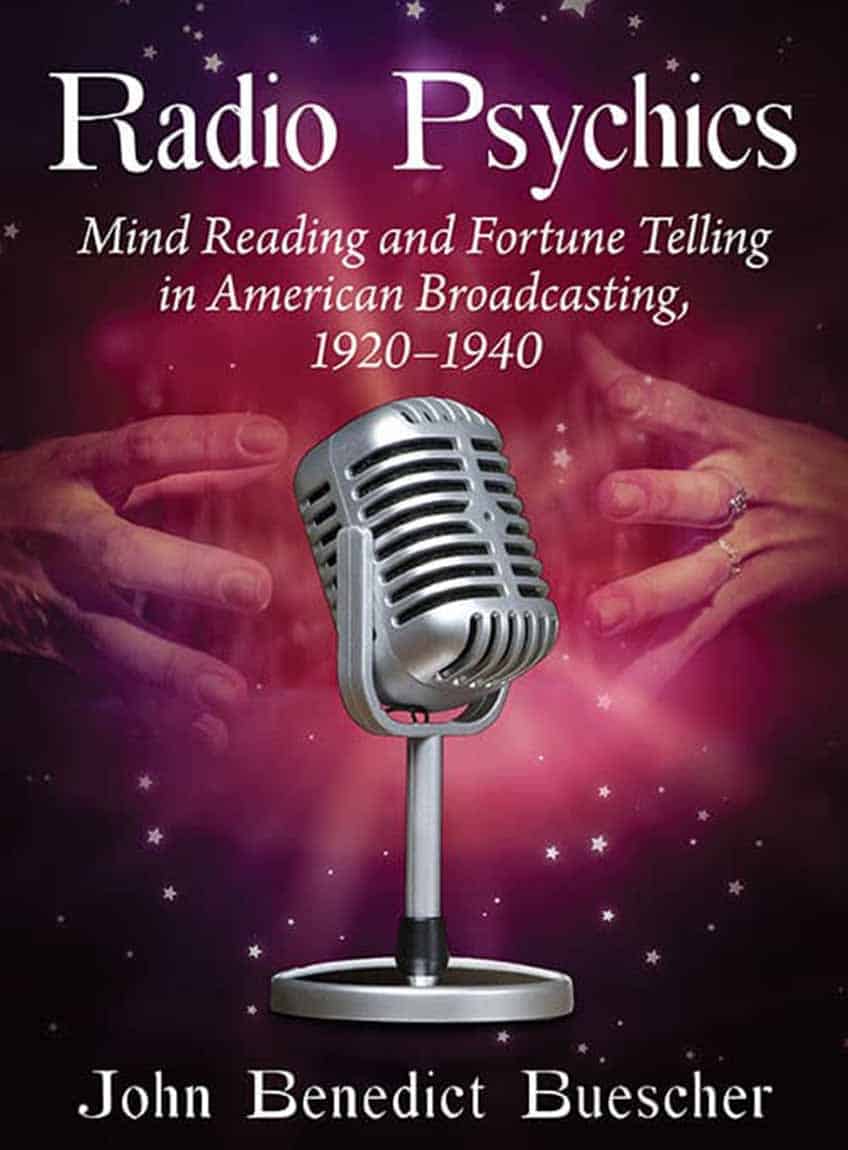
Rich Tenorio is a frequent contributor to Mexico News Daily.
